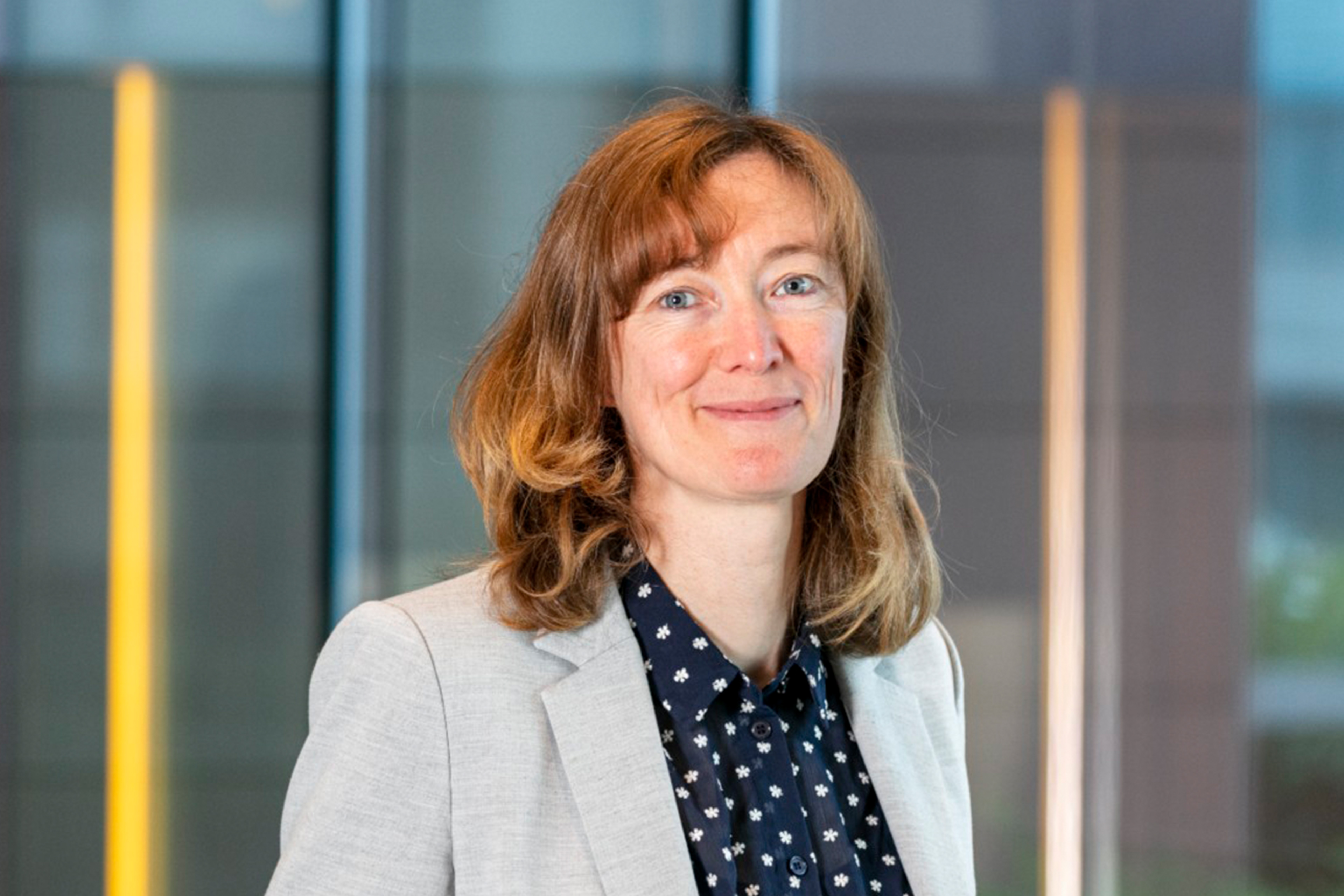EY refers to the global organization, and may refer to one or more, of the member firms of Ernst & Young Global Limited, each of which is a separate legal entity. Ernst & Young Global Limited, a UK company limited by guarantee, does not provide services to clients.

The latest CFO Barometer analyzes how financial leaders look at the impact of ESG on their function and role as CFO.
Three questions to ask
- To what extent is finance involved in ESG challenges?
- How do CFOs look to the future of ESG and finance?
- What is the role of data in the ESG context?
The CFO Barometer shows that almost 55 percent of all companies report sustainability information, even though 80 percent indicate that they are not obligated to do so. Companies want to be prepared for the future standardization and integration of sustainability reporting. However, there is still some catching up to do, as people seem to underestimate the work that needs to be done and the time window in which to do it.
The EU Taxonomy and the role of the CFO
It is worth noting that when we asked about the reporting of the EU Taxonomy KPIs, some CFOs answered with recycling and energy consumption. Yet, the Taxonomy explicitly handles the financial KPIs. This shows that not every CFO is up to date with the subject. And this while the EU Taxonomy is the very reason why the CFOs are so strongly involved in the ESG story in the first place.
First and foremost, the Taxonomy links sustainability with financial KPIs, which is why the CFO is so important. Only in the next step does it make sense for the CFO to take a step back and for a dedicated sustainability management profile, like a CSO (Corporate Sustainability Officer), to take the reins. Such profiles exist within corporations today but to a limited extent. The idea is that the CSO works closely with the CFO, the latter acting as a financial advisor. In any case, the CFO must stay involved, for one thing, because an integrated report is needed.

A catch-up process is necessary
Even though more companies will need to report sustainability efforts in line with the standards of the CSRD (Corporate Sustainability Reporting Directive), only a quarter of the CFO respondents feel like their company will have a hard time keeping up. Also, it is remarkable that the majority of CFOs state that they will be ready to report everything within 2/3 years. In practice, we see that people underestimate the work and are not up to date with all the details. Whenever we explain the detailed ESRS (European Sustainability Reporting Standards), which for the time being counts over 100 indicators, they start to realize just how much work has to be done. There is a clear lack of correct information and data about sustainability reporting.
In this regard, the postponement of the CSRD may prove to be a stroke of luck. It defers the application of the EU standards for one year. For PIEs (Public Interest Entities), this means that they will only need to report in 2025 (FY24), while big corporations will need to do so by 2026 (FY25) and SMEs by 2027 (FY26). In this survey, almost 20% of CFOs indicated that they are already obligated to report non-financial information (NFRD or Non-Financial Reporting Directive).

Companies need more time if they want to report adequately, but the legislator needs time too. At this very moment, they are still working on the standards on how to report. The CSRD is published but needs to be converted to national legislation. That, too, takes time.
Financial partners and scope 1, 2, and 3 emissions
While sustainability information is part of the decision-making process for almost 60 percent of our CFOs, the same cannot be said for their financial partners. They appear to be much less involved with non-financial information. Sustainability checks are therefore lacking in investing processes. This will no doubt be different with big corporations, as they own various ISOs or other management systems associated with environment and energy management that, to some degree, make up the “E” in their ESG story.

We also asked CFOs about the kind of sustainability information that they report. It makes sense that companies start with the “E” and sometimes forget about the “S” and the “G”. The “E” concerns a broad range of themes that apply to every company. When it comes to the “S”, we see that there are themes that also appear quite often in reports, like gender diversity.
To put it concretely, carbon emissions top every list. But mapping out emissions sometimes proves challenging, especially when we want to know the effect of carbon emissions in scope 3 (the indirect emissions of carbon dioxide caused by company activities of another organization), which pretty much all CFOs agree is a hell of a task. However, if everyone’s scope 1 and 2 are in order, then it is just a task of communicating. To put it simply, you need to place your neighbor’s scope 1 and 2 in your scope 3. It is about being transparent and sharing information with all involved parties.

The role of data in the ESG context
Thanks to digitalization, more and more tools are available to collect data more easily. It helps to make the processes more efficient, but it is by no means the main requirement to report sustainability KPIs. An Excel file can work just fine. Of course, tools and systems have their return on investment in the long run, particularly when the standardization takes effect and the sustainability information needs to be audited.
The biggest challenge will be at the start of implementing new tools or systems because you transition from Excel to a centralized system. Once that is done, the yearly follow-up will be less intensive. Data collection is the first step but knowing what to do with the data is critical. Data reporting is step two, but showing where you have made improvements is what it is all about. You do not necessarily need a digital system to do this. Still, it helps, because aside from ESG, there are quite a few other requirements that are inextricably linked to digitalization and its consequent efficiency gains. Essentially, ESG is a culture that goes beyond data collection.
How EY can Help
EY teams can help address ESG and sustainability issues, investor concerns and improve ESG performance. Find out how.
Read moreService Leader
-
 Francis Boelens
Francis BoelensEY Belgium Assurance Partner and Family Business Leader
EY Belgium newsletter
Subscribe to our monthly newsletter and stay updated on our latest insights.
Summary
No less than 75 percent of the respondents in the CFO Barometer indicate that sustainability tops the agenda. The survey further substantiates that claim by showing just how many CFOs already report sustainability information despite not being obligated to do so. However, the EU’s CSRD and the NFRD directives are coming, and companies seem to be underestimating the necessary preparations. Data can be a facilitator, but ESG requires a change in the company culture, with the relationship between the CFO and the CSO at its center.
